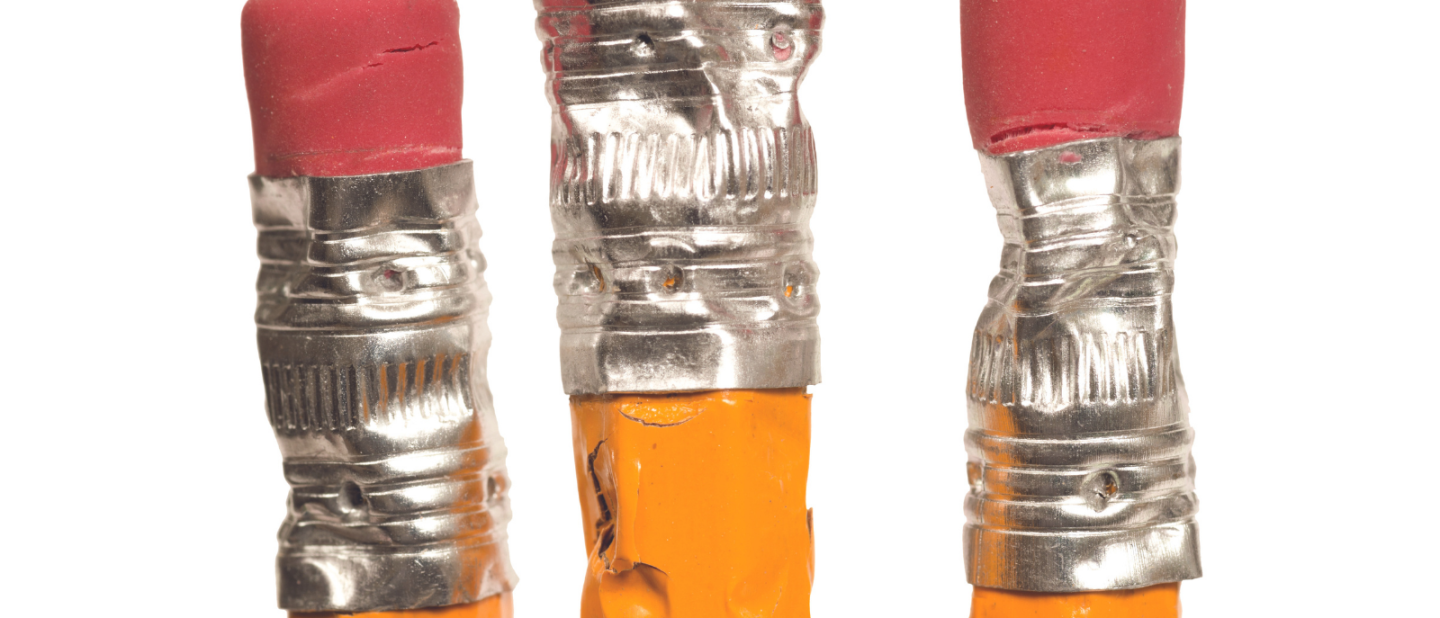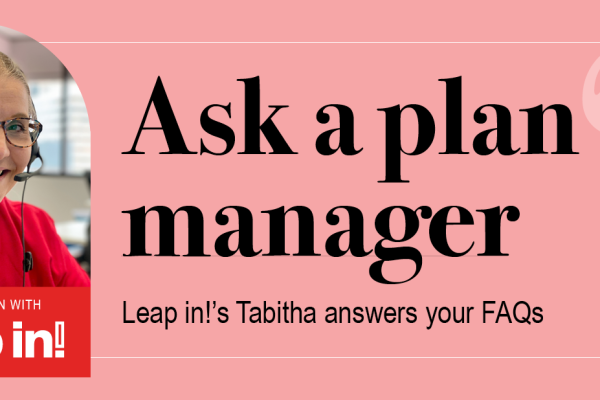
Stimming the tide
By Thomas Kuzma, Aspect
Stimming is a much-maligned aspect of autism – with some therapies focusing on stopping these self-regulation tools. Autistic adult and neurodiversity advocate, Thomas Kuzma, explains why he stims and how it helps sharpen, not hinder his focus.
Have you ever clicked your pen while working? Tapped your foot thinking about which letters you should use in your Wordle? What about the time you hummed to yourself to try to block out the noise of everyone talking? Well, you have been stimming.
Stimming is a repetitive action used by both neurodivergent (autistic, ADHD, etc) and non-autistic people to help them in their day to day life.
Stimming is short for ‘self-stimulatory behaviour’ and relates to repetitive behaviours used by autistic people. Stimming is different for different people but generally it relates to autistic people using a tool to help regulate their emotions and process their sensory environment.
There are many different forms of stimming, like echolalia – repeating a sound or word over and over, which some regulate their emotions and process their sensory environment. Tactile stimulation – playing with an object that provides stimulation. Or Proprioception – rocking, swinging, jumping, tiptoeing or spinning to give a sense of balance.
Growing up, people would tell me off for twiddling my thumbs, clicking my pen or spinning around in circles. That last one was in primary school, my spinning days are long gone! People used to say I was either distracted or not paying attention and force me to stop. Their belief was that sitting still would allow me to listen more fully and concentrate on their words. Sadly, I instead spent my days straining my energy levels focusing on trying to block out all the sounds going on around me. Teachers I thought I could trust removed my only coping strategy and transformed the simple act of listening into a task of titanic proportions.
What people don’t realise about autism is that you hear everything going on. Even as I type this from home, I can hear cars drive past, bugs, the air conditioner and airplanes flying over. Unlike non-autistic people who can block out noises,
I sense everything. Having a repetitive action (a stim) helps me to stay on task. And without that coping strategy, my energy gets drained – very quickly.
Autistic people have a limited amount of energy per day. We need to watch that we don’t run low on energy, so that we can make it to the end of the day without melting down. We don’t have to use as much energy if we are allowed to stim.
But stimming isn’t only used for stressful situations, stimming can also be fun. As a kid, my spinning stim (physically spinning around) felt like fun, because my mates and I loved to disorientate ourselves. And when I started to meet other autistic people, I realised that stimming came in many forms and that people did it for a wide range of reasons.
Stimming can serve all kinds of benefits, but most importantly, it helps improve quality of life by providing a source of comfort or enjoyment.
When we accept people’s stims, we create safe environments and give everyone an opportunity to grow.
Thomas is a Neurodiversity Advocate with Autism Spectrum Australia (Aspect), mentoring autistic teens, and talking to people about living as an autistic person. You can connect with him on twitter: @thomaskuzma91 or enjoy his twitch streams at tk_hubworld







